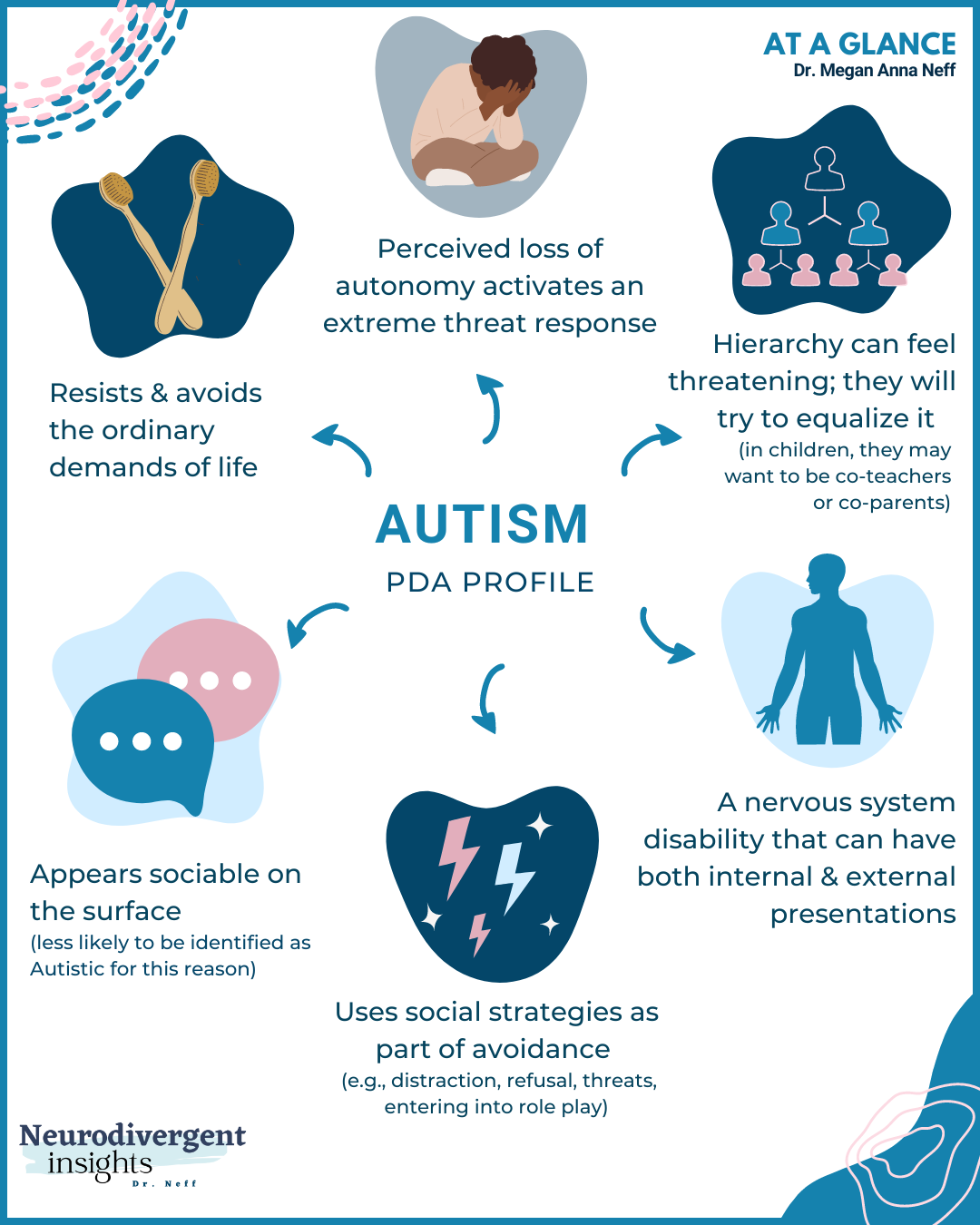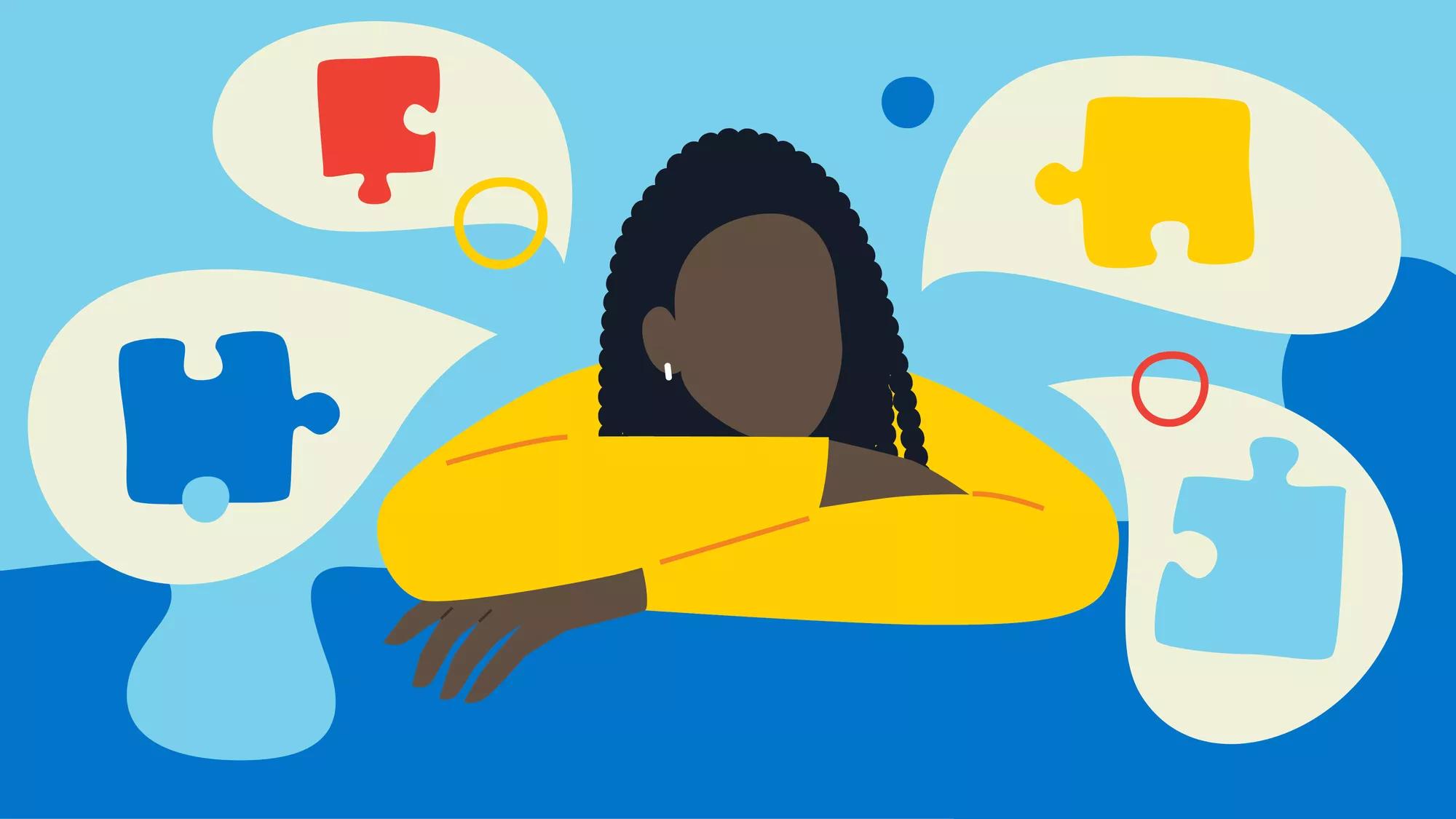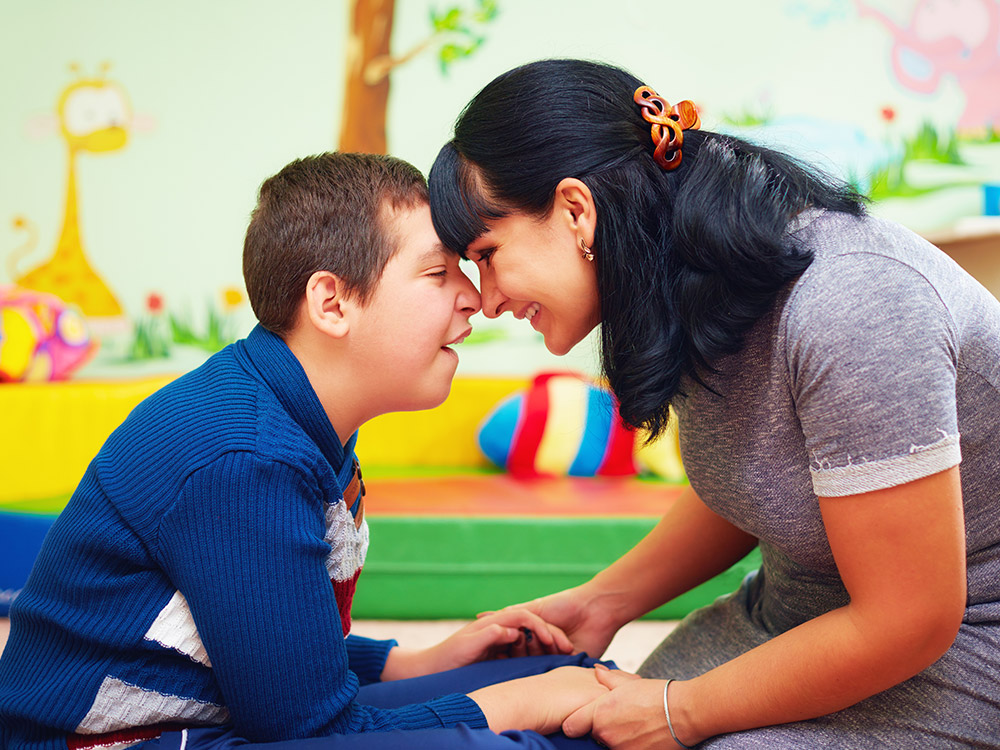Autism and Sensory Handling: Discovering the Link and Its Results
Checking Out Autism: Strategies for Efficient Interaction and Communication
Effective communication and communication with people on the autism spectrum necessitate a comprehensive understanding of their special needs and preferences. Strategies such as using clear language, using aesthetic assistances, and fostering consistent routines can dramatically improve engagement and decrease anxiety. Identifying the relevance of non-verbal hints and shared rate of interests paves the way for significant links. The ins and outs of these methods expose more factors to consider that merit exploration, particularly in just how they can be adjusted to varied contexts and individual experiences. What might these adaptations resemble in practice?
Comprehending Autism Range Disorder
Autism Range Disorder (ASD) encompasses a variety of neurodevelopmental problems characterized by obstacles in social communication, communication, and recurring habits. The term "spectrum" reflects the diverse indications and varying levels of severity experienced by individuals with ASD. While some might display significant disabilities, others might show high-functioning qualities, enabling higher independence in every day life.
The start of ASD commonly takes place in early childhood, with signs often identifiable by age 2. Very early indications might include postponed speech development, limited eye call, and problems in recognizing social signs. The accurate etiology of ASD stays unclear, research study suggests a combination of environmental and genetic factors plays an important duty in its advancement.
As a result, interventions and assistance customized to specific requirements are vital for fostering interaction and social skills. Acknowledging the complexity of ASD is crucial for promoting recognition, acceptance, and reliable methods that help with purposeful interactions with people on the spectrum.

Relevance of Clear Interaction
Efficient communication is vital for fostering understanding and link, especially for individuals with Autism Spectrum Problem (ASD) Clear communication not just assists in social interactions however also boosts the individual's ability to express their emotions, ideas, and requirements. For people with ASD, the subtleties of language can usually be testing; as a result, utilizing unambiguous and uncomplicated language is necessary.
Moreover, clear interaction helps in reducing aggravation and anxiety that might occur from misunderstandings. When messages are conveyed in a straight and consistent way, individuals with ASD are better outfitted to analyze info properly, which can considerably boost their social engagement and engagement in various setups.
Establishing routines and making use of visual assistances can further reinforce clear communication. These strategies supply people with predictable frameworks that help understanding and retention of information. Furthermore, actively being and paying attention client throughout communications advertises a supportive atmosphere where individuals with ASD really feel valued and recognized.
Ultimately, prioritizing clear communication not just encourages people with ASD but additionally fosters more significant links with their peers, caretakers, and the bigger community, leading the way for inclusive interactions and collective partnerships. - autism
Non-Verbal Interaction Strategies
Interaction expands beyond words, and for people with Autism Range Problem (ASD), non-verbal cues play a considerable duty in communications. Non-verbal interaction methods can consist of face expressions, motions, body language, and eye call, all of which act as vital components for sharing emotions and objectives.
Comprehending and translating these non-verbal signals can improve communications with individuals with ASD. For instance, a warm smile or open posture can create an inviting ambience, urging engagement. Utilizing visual help-- such as photo cards or symbols-- can link interaction gaps and help share messages much more effectively.
It is additionally crucial to be mindful of individual area, as individuals with ASD might have different convenience degrees concerning closeness. Observing their visite site responses to physical closeness can educate proper adjustments.

Creating Encouraging Atmospheres
Creating an encouraging atmosphere is important for fostering favorable interactions and enhancing the wellness of individuals with Autism Range Disorder (ASD) Such settings can substantially lower stress and anxiety and create a feeling of safety, permitting individuals to reveal themselves more openly.
To achieve this, it is necessary to take into consideration sensory sensitivities that people with ASD may experience. Customizing the physical space to consist of soft lighting, marginal background sound, and comfy seating can develop a calming ambience. Additionally, making use of consistent regimens and clear aesthetic schedules can assist people expect changes and decrease unpredictability, further promoting convenience.
Social spaces ought to be structured to decrease overwhelming stimuli check my source while giving opportunities for interaction in recommended activities. Assisting in locations designated for peaceful time can likewise act as a sanctuary throughout minutes of stress. Significantly, including elements of option encourages individuals, allowing them to exercise company in their setting.

Motivating Social Interactions
Cultivating social interactions amongst people with Autism Spectrum Disorder (ASD) calls for intentional approaches that focus on comfort and interaction. Developing predictable regimens can help minimize anxiousness, making social settings a lot more approachable. Producing organized environments with specified duties and roles enables people to engage without the overwhelming stress of disorganized social dynamics.
Integrating passions and strengths into social activities can offer as a catalyst for communication. Arranging team activities around shared hobbies or topics of fascination can assist in all-natural discussions and links. Additionally, using visual supports, such as social manuscripts or photographic timetables, can assist in recognizing social signs and assumptions.
Designing appropriate social behaviors is important - autism. Grownups and peers need to show reliable interaction strategies, consisting of energetic listening and turn-taking. Role-playing circumstances can additionally give a secure room for people to exercise these skills
Finally, promoting peer relationships through inclusive practices is essential. Urging comprehensive playdates or team getaways can produce chances for socialization in a comfortable setup. By applying these methods, teachers and caretakers can dramatically improve social interactions for people with ASD, promoting their total social advancement and well-being.
Conclusion
To conclude, effective communication and communication methods are necessary for supporting people with Autism Spectrum Condition. Stressing clear language, including non-verbal signs, and establishing predictable regimens substantially enhance interaction and minimize stress and anxiety. Developing encouraging settings promotes safe social interactions, while motivating shared interests facilitates significant connections. Ultimately, these strategies empower individuals with autism to browse social landscapes, promoting their total health and enabling the development of long-term connections.
Reliable interaction and communication with individuals on the autism spectrum require a thorough understanding of their distinct needs and preferences. Clear interaction not only helps with social communications yet likewise enhances the person's capacity to reveal their thoughts, feelings, and demands.Promoting social interactions among people with Autism Spectrum Condition (ASD) needs deliberate methods that prioritize comfort and interaction. By executing these educators, strategies and caregivers can significantly improve social communications for individuals with ASD, promoting their overall social growth and wellness.
In final thought, reliable communication and communication approaches are necessary for sustaining people with Autism Spectrum Problem.